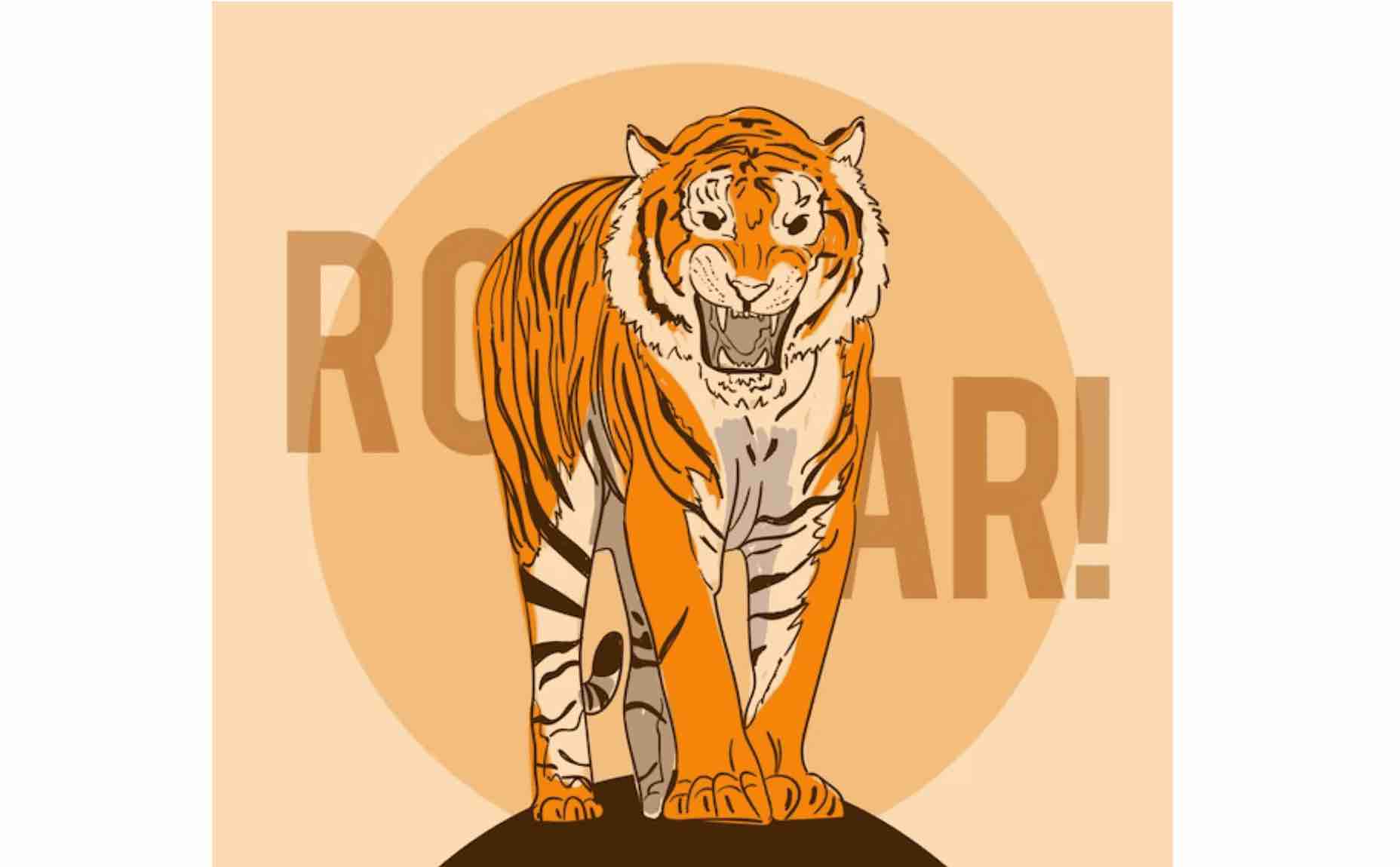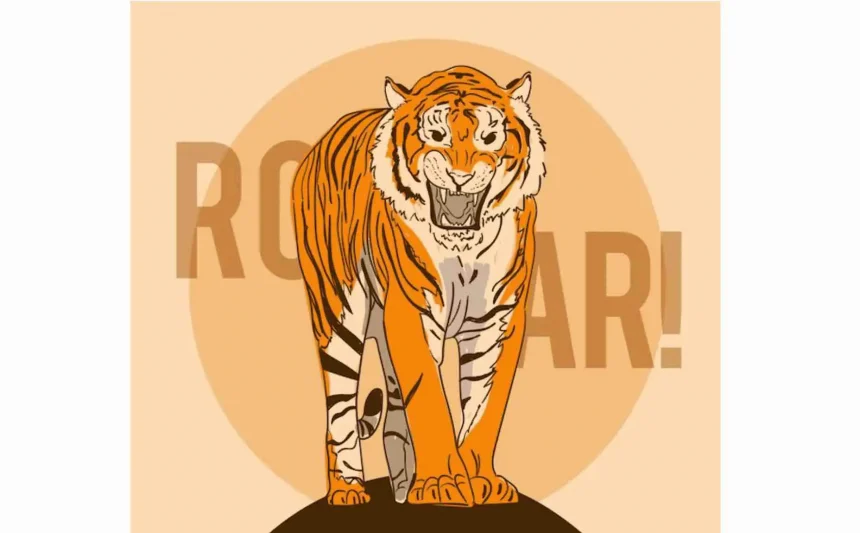
Introduction
How is AI being used to stop poaching? Smart computational tech has created opportunities for conservationists to turn the tide on poaching. Let’s learn more – Artificial intelligence (AI) technology has created daily headlines over the past few months. The speed of the technology’s development and the ‘behavior’ of software like ChatGPT have all raised questions about the balance of advantages and disadvantages of AI.
Former Google CEO and chairman Eric Schmidt recently stated in an interview on CNN’s Amanpour program that there are effects of AI which we simply cannot yet foresee. One area where AI is undoubtedly doing good is the fight against illegal poaching. Technology may not be the first thing most of us associate with rangers defending rhinos, elephants, and other endangered species, but AI is making its mark in wildlife conservation. Here is how this technology supports anti-poaching efforts.
Also Watch: The ‘Space Architects’ of Mars | The Age of A.I. | S1 | E5
AI Technologies for Protecting Wildlife
The illegal trade in animal products has created a black market worth $23 billion, according to estimates by the World Wildlife Fund. It is accelerating the threat of extinction against some of Africa’s most iconic species, like rhinos and elephants. Experts fear that these species may be gone within our lifetime.
Add to that the fact that poachers have killed around 1,000 park rangers over the past 20 years, and it becomes clear that conservation needs a helping hand. Technological advancements are now supporting the efforts of national park management teams and their park rangers, giving them an edge in the fight against predatory poachers. Drones, cameras, and sensors are only three examples of smart technology used in the race against extinction.
Also Watch: Animals interact with AI robots.
AI powered drones
Drones have been used for some time in the fight against illegal poaching. They have provided rangers with a round-the-clock surveillance tool to monitor the positions and activities of poachers, thanks to technologies like infrared and heat sensors.
Artificial intelligence is now helping make drones even more effective. Where the cameras previously relied on people to process images, they are now using AI to analyze the footage. Having been trained with thousands of images of poachers and animals, drones can work with minimal assistance. As a result, the national parks’ efforts are no longer hindered by ranger fatigue or a lack of personnel.
AI powered cameras
Tiny, AI-powered cameras are acting as 24/7 surveillance systems in the Grumeti Game Reserve in Tanzania. Easier to hide than drones, these cameras are using similar technology to detect poachers and send real-time alerts to park rangers. The rangers can then head out and respond faster than they were previously able to do.
The cameras are exceptionally energy-efficient as the AI only allows images of known poachers to be sent to the rangers.
IoT ShotSpotter
ShotSpotter is a technology initially developed to help law enforcement agencies detect gunfire and respond quickly, even before 911 calls start coming in. In 2018, Kruger National Park in South Africa introduced the product to notify park rangers of potential poaching activities.
ShotSpotter can detect gunfire up to two miles away from its location, although using a silencer may shorten that distance. Saying that, the detector still works because silencers muffle the noise but cannot remove it completely.
Rangers now receive alerts about gunfire within 60 seconds and can respond much more swiftly to poaching incidents. Kruger management believes that in 2020 alone, ShotSpotter helped reduce the number of rhinos killed within its Intensified Protection Zone (IPZ) by 60%.
Also Read: What is the Internet of Things (IoT)?
Sensors
Audio sensors were initially introduced into wildlife parks to help rangers and scientists learn more about the animals they were protecting.
Right now, researchers are working to re-purpose this technology to make it more effective in the fight against poaching. They are training an AI model to identify gunshots and other noises specific to poaching and separate those from other sound waves that are being monitored. Like with other technologies, the goal is to help rangers arrive at the scene sooner.
Satellites and Satellite imagery
Satellite networks and the imagery they produced have long been used by conservationists to track wildlife as well as poachers. While useful for monitoring, these tools have not necessarily taken away from rangers’ workload.
After all, the footage they captured needed to be watched, analyzed, and categorized. Done by humans, this can soon become time-consuming. Manually analyzing vast quantities of data can also take valuable resources away from ranger patrols, thus giving poachers more of an opportunity to do damage.
AI based tracking and monitoring
AI-based tracking and monitoring have changed the playing field in favor of conservationists. Rather than relying on time-consuming and sometimes inaccurate human analysts, the footage is now examined by highly trained algorithms or neural networks.
Algorithms trained on the faces of known poachers as well as species requiring protection can handle far more data in less time with fewer errors than humans could.
How IoT is Used to Stop Poaching Animals
The internet of things (IoT) refers to any communications network made up of devices that connect to each other and a command center. Combining AI-powered platforms with tablets or mobiles that can be used in the field has helped rangers communicate with each other and stay informed about poachers’ locations.
Using LPWAN to Track and Protect Rhinos
Low-power wide area network (LPWAN) technology was developed to make IoT networks and other communications networks more efficient and less dependent on large amounts of battery power. LPWANs can support a greater number of devices than traditional IoT networks and need less power to keep these devices online.
In Tanzania, a partnership between an LPWAN provider, and a sensor manufacturer has allowed conservationists to track and protect rhinos remotely. The same combination of technologies also helps rangers respond faster when they detect poaching efforts.
Machine Learning Also Used in Conservation Efforts
So far, most of the AI-powered anti-poaching efforts we discussed were focused on response rather than prevention of attacks.
Machine learning algorithms are now being used to predict the likelihood of a poaching attempt on specific species or in selected locations. The algorithms are fed data from previous poaching events, including season, time of day, rainfall, and vegetation to help highlight potential new attacks.
One of the leading technologies, Domain Awareness System (DAS), was developed by a philanthropic company founded by Microsoft’s Paul Allen. DAS currently covers 40,000 square miles across 15 parks.
Source: YouTube
Rebuilding natural habitats
Within the realm of conservation, artificial intelligence, and machine learning tools are not only being used to combat poaching. Both technologies are also playing an increasingly important role for scientists wanting to know more about the habitats and habits of endangered species.
Understanding animal behaviors and the socioecological systems in which species operate can contribute toward conservation efforts such as the rebuilding of natural habitats. Today, loss of habitat is one of the main reasons that species become endangered, aside from poaching. Logging and other efforts of development can lead to human-wildlife conflict that then leads to the decline of a species.
Computational software like machine learning tools can readily predict and potentially minimize the impact of human actions on a species. Plus, technology can support the effective rebuilding of those habitats.
Source: YouTube
High-Tech Rangers
PAWS was not Uganda’s first foray into using technology to support its park rangers. The UWA had previously deployed a database called SMART, short for spatial monitoring and reporting tool. SMART collected observations from patrols to allow UWA to create a big-picture overview of poachers’ strategies and attacks.
The SMART approach has helped the anti-poaching teams to increase their elephant population between 2005 and 2014. Experts believe that this success story could become an example for other areas, especially because of its use of randomization. Randomization has not only helped authorities target poachers. In addition, it also stifled the efforts of corrupt rangers who warned poachers of impending patrols.
AI has helped make anti-poaching patrols more efficient and smarter. Plus, there is potential to further expand the technology’s scope. Invasive plant removal, community involvement, and tourism development could be the next two areas to benefit from smart algorithms. Other measures, such as the use of quieter electric vehicles have also been beneficial for patrols.




